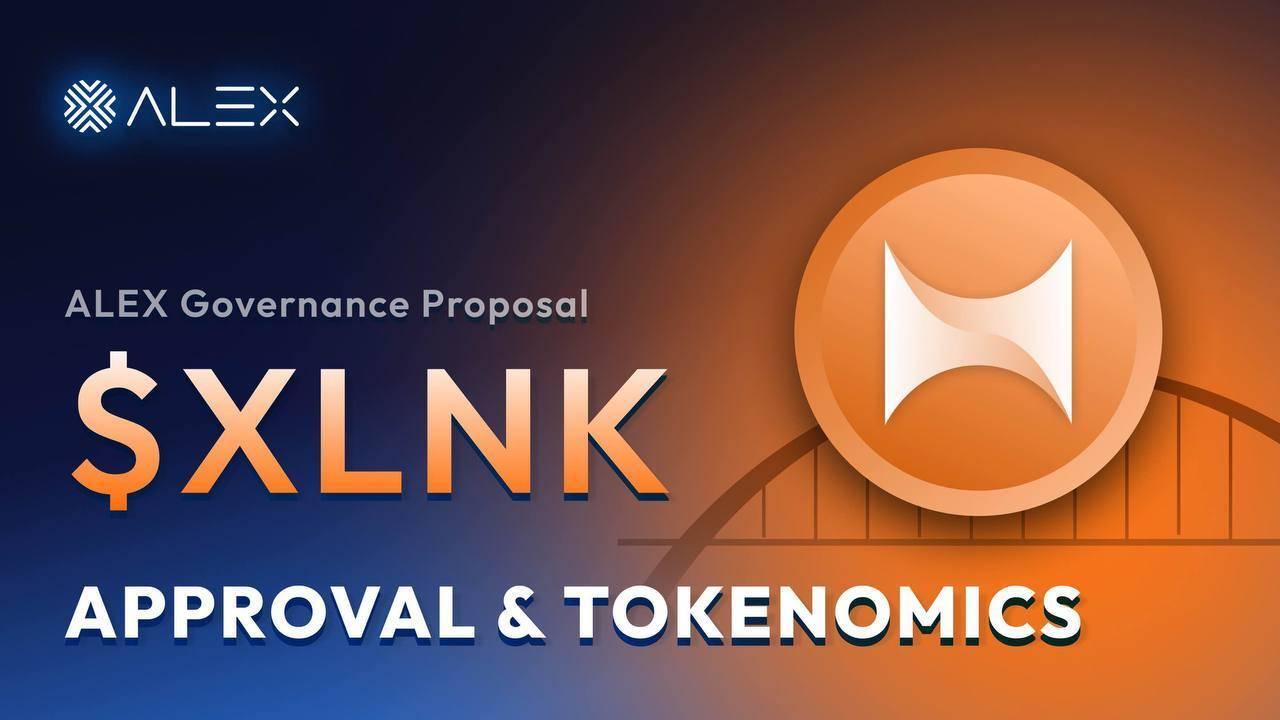Layer-2 rollups must decentralize sequencers or face the consequences
Centralized sequencers achieve higher throughputs and performance, but they also create severe security risks — illustrated by a $2.6 million exploit on Linea.
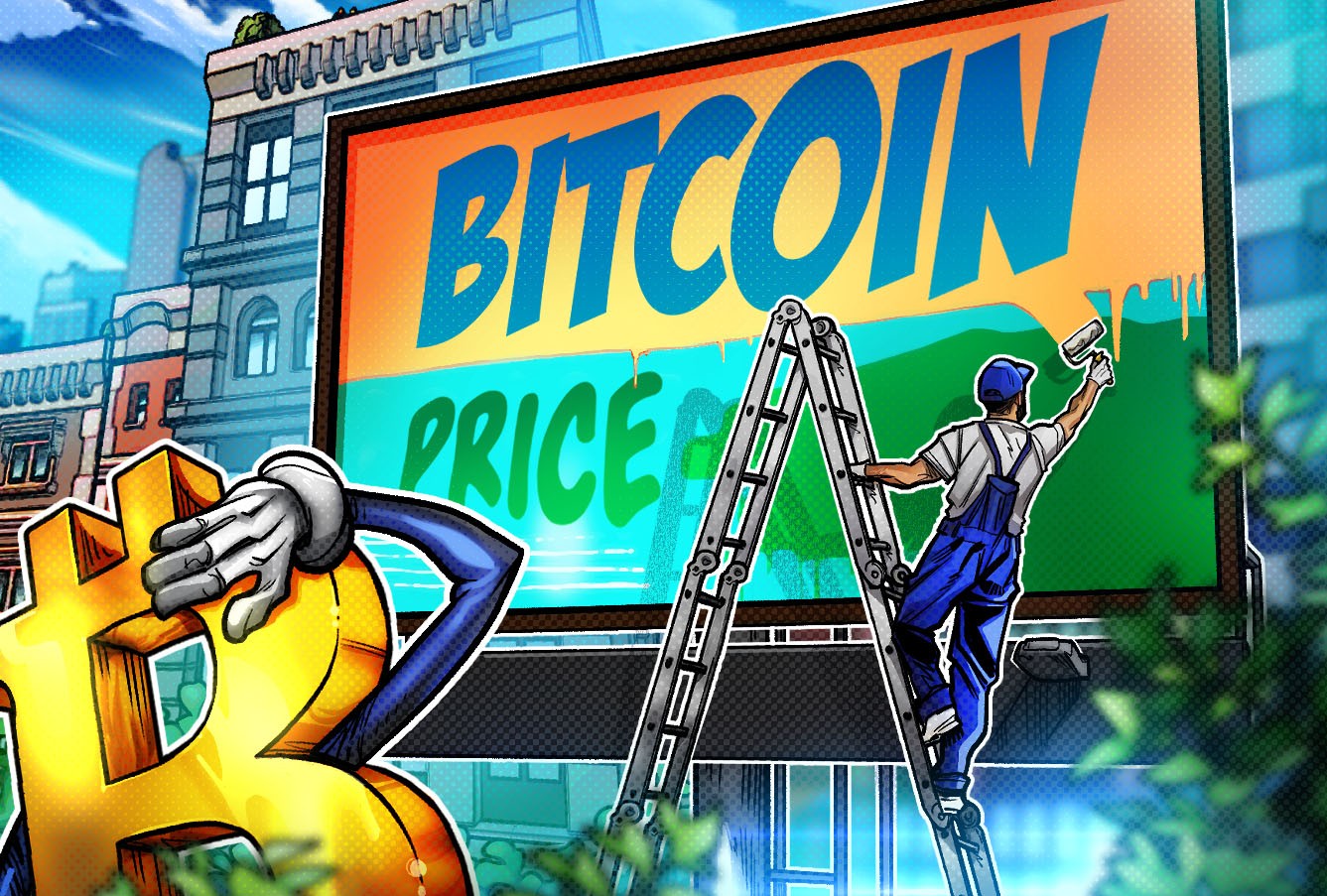
Slightly more than 50% of all Ethereum-based transactions happened on layer-2s (L2s) in the first half of June 2024. It was the first time Ethereum (ETH) L2s outperformed layer-1s (L1s) in terms of transaction counts.
The rollup-centric Dencun (EIP-4844) upgrade played a key role in catalyzing the growth of Ethereum L2s. The L2 ecosystem’s TVL reached $48.2 billion — an all-time high — shortly after EIP-4844’s mainnet implementation. Over 90% of this TVL came from rollups.
But while Dencun makes a wider range of data available to rollups, it won’t solve their inherent problems. Most rollups still use centralized sequencers to achieve higher throughputs and performance.
Related: Rushing OP_CAT on Bitcoin could come at an immense security cost
It negates blockchain’s decentralization ethos. Users face potential censorship and severe security risks. Liveness is also at stake. And it’s possible for a single entity to extract all of the network’s accumulated value.

Yesterday’s FUD is today’s solved problem on Ethereum, and rollups can’t afford complacency regarding sequencer decentralization. There’s an urgency here as users increasingly prefer L2s over the L1, raising the stakes.
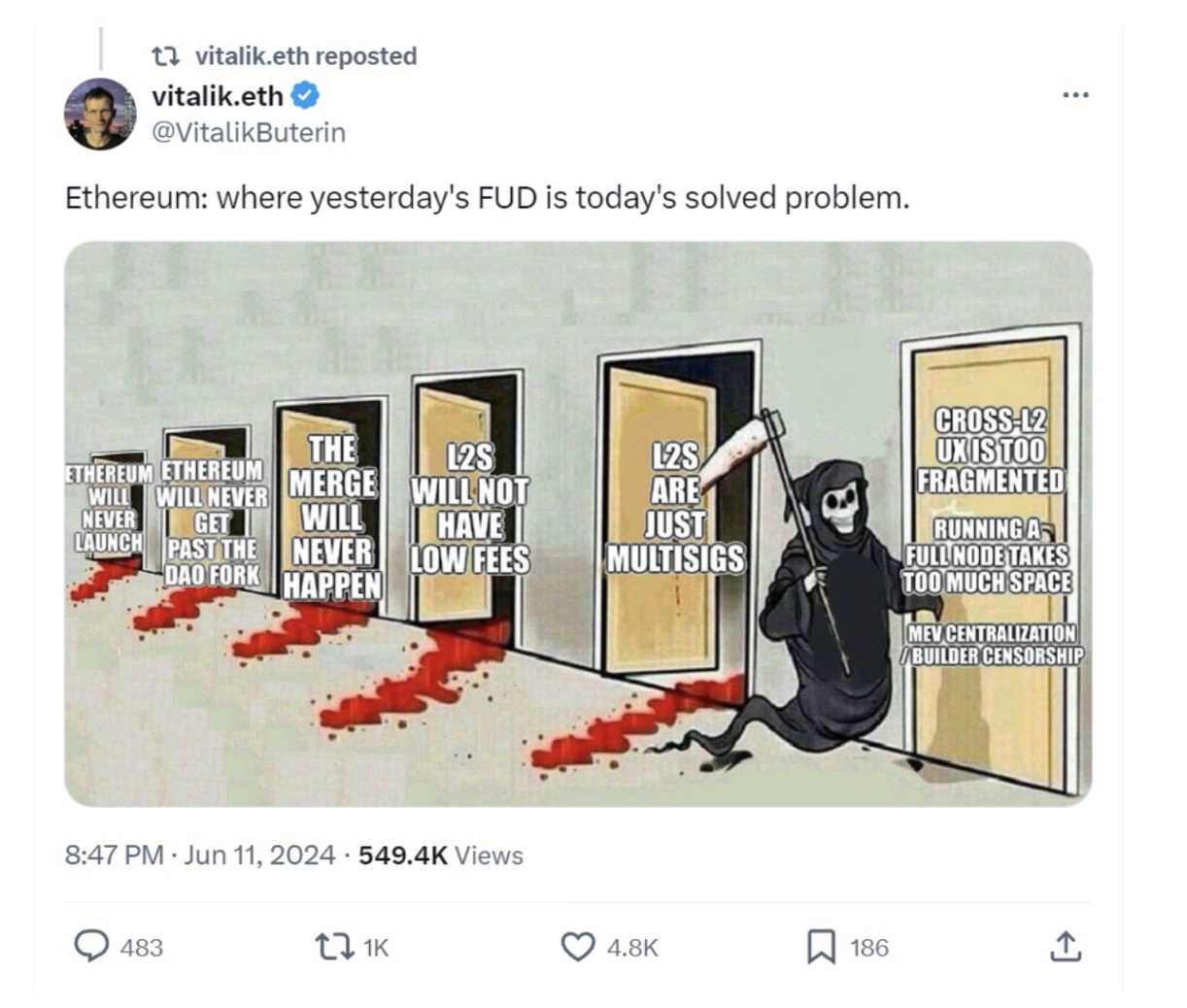
Lessons from Linea
Users lost more than $2.6 million in ETH on Linea — the Consensys-backed zkEVM rollup — due to a June 2third-party exploit on a decentralized exchange.
What was more concerning, however, was the team’s unanimous decision to pause the sequencer and “censor attacker addresses to protect the users and builders” in the ecosystem.
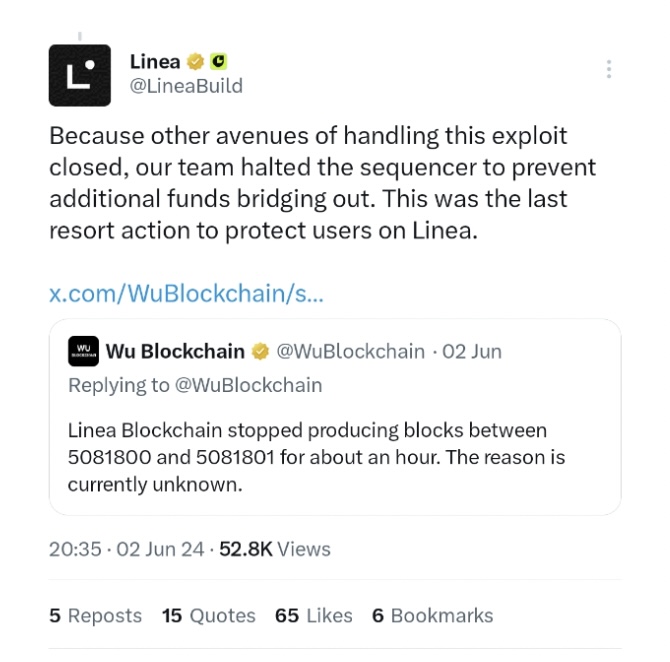
Matter Labs CEO Alex Gluchowski weighed in on the situation saying, “Decentralizing the sequencer isn’t optional. Every serious L2 stack must race to do it first.”
They should indeed act promptly in this direction. The incident involving Linea revealed a naive complacency.
Senior officials from the Linea team justified their position by comparing themselves with older peers who are farther behind in the decentralization journey. “Given that many Rollup frameworks more than 2 years older than us are no further ahead, I’m pretty delighted with our pace,” Product Lead Declan Fox wrote on X.
The attitude of “We’re better because others are worse” is dangerous for our industry. It hinders progress and prolongs the risk window for users, investors and builders.
Yes, L2s are still in the “training wheel phase” and need special safeguards. But one-way decisions to shut the network for hours can’t be the “last resort” anymore.
Things have changed rapidly in the last couple of years. We’re now technically able to at least implement basic versions of a decentralized sequencer and community incentivization frameworks.
It has thus become a question of intent and priorities, not ability.
No more excuses
If L2s don’t start taking off their training wheels now, they never will. Centralization is lucrative as it serves the operator’s interests above all and makes life easier from an execution perspective.
Decentralization, on the other hand, is challenging and requires innovative efforts. But upon overcoming the initial hurdles, both the firm/project and its community benefit a lot.
While direct participation in network security and governance fosters deeper community sentiments, users also get novel revenue streams like sequencer mining.
Meanwhile, the ‘self-reinforcing model’ reduces security costs for organizations and project owners. It also initiates a cycle where higher community participation means more staking and better security, so more dApps and innovators enter the space. This creates positive network effects and holistic prosperity.
Related: Roaring Kitty’s gamification of GameStop is a menace to the market
If not for MEV-extraction motives, most rollups defer sequencer decentralization citing latency issues and their impact on the user experience. Rollup users want faster transactions and centralization is the cost they pay for it. Such arguments might suit the likes of Visa, but not Web3 natives.
As future-builders, the onus of transforming the community’s mindset lies on us. DEXs witnessing steady liquidity inflows post-sequencer-decentralization shows that users can accept a slight increase in latency given proper incentives and rewards.
Besides enhancing security through liquid staking and the like, sequencer decentralization aligns the diverging goals of an L2s short-term investors (speculators) and long-term contributors.
Revenue sharing models such as sequencer mining stop users from deserting the network soon after getting airdrops or other freebies. Besides creating a direct correlation between community participation, network security and ecosystem growth, this solves the industry-wide user retention problem.
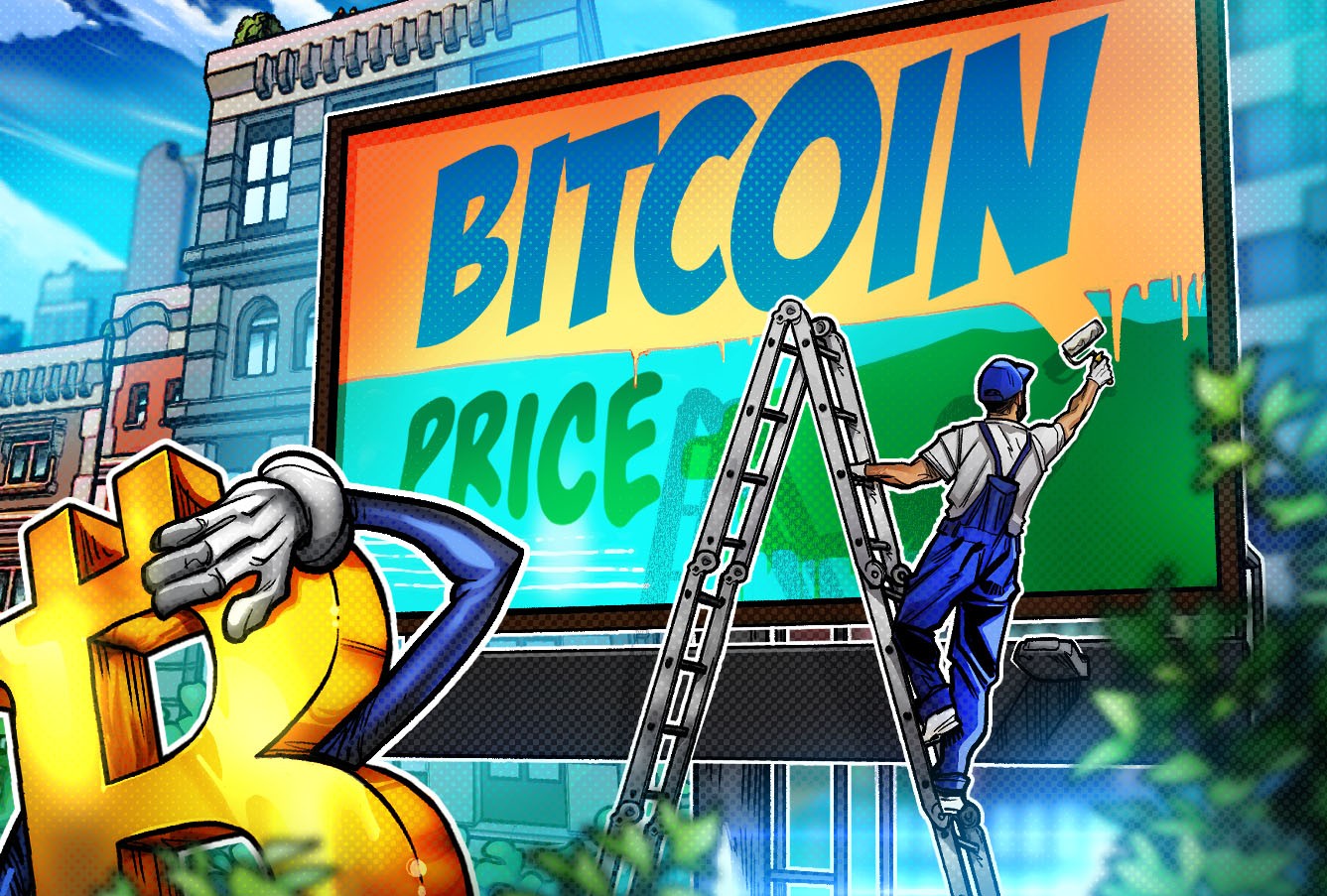
From technical primitives like liquid staking tokens (LSTs) to functional examples, everything is at hand right now — so much so that even Bitcoin L2s are preparing to offer mining rewards through decentralized sequencers.
The OGs of the L2 space must catch up or it’ll well and truly be over for them. Excuses and half-baked promises of decentralization won’t work. Users have real alternatives and they’ll vote with their tokens.
Those who are early on this journey will reap their rightful benefits. But since the ecosystem’s strength lies in holistic growth — and not fragmentation — it’s best if every stakeholder and rollup project moves in sync and embraces progressive norms.
Short-term gains must give way to sustainable, long-term innovation. That’s the way to a more decentralized future for all.
This article is for general information purposes and is not intended to be and should not be taken as legal or investment advice. The views, thoughts, and opinions expressed here are the author’s alone and do not necessarily reflect or represent the views and opinions of Coincuatui.
Nguồn: Cointelegraph
























































